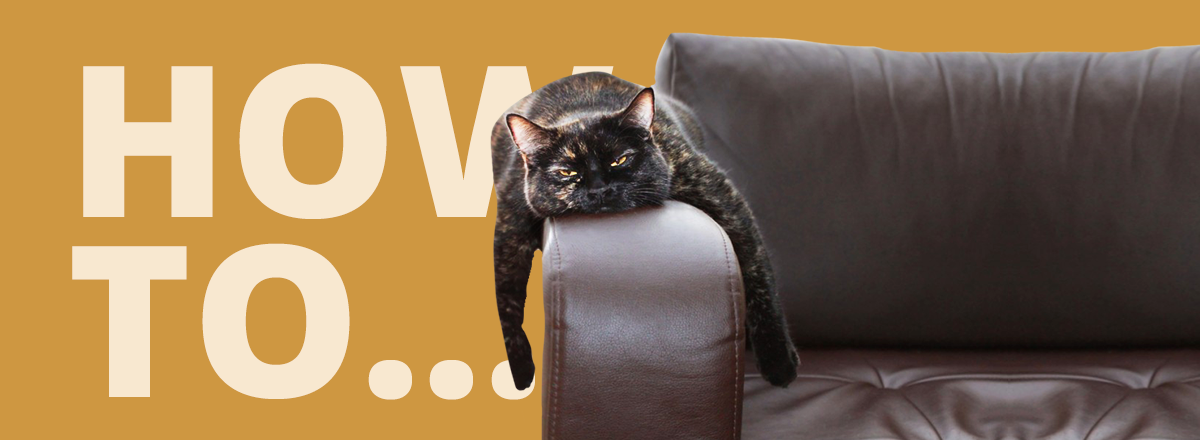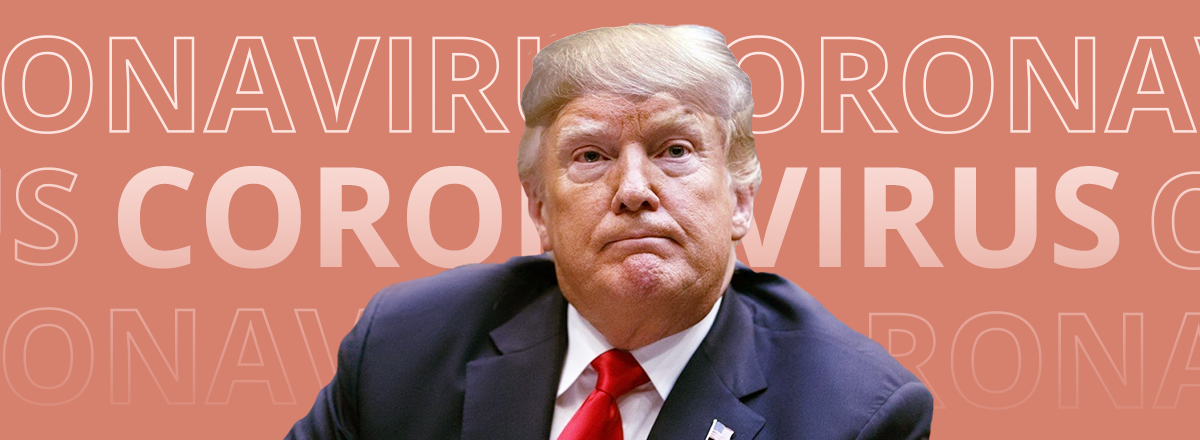The medical community disagrees with the coronavirus research conducted by the German virologist Hendrik Streeck.
Most doctors say that the study is not representative. Studies of Streeck are not confirmed by a large number of members of the medical community, and they are not worth taking into consideration. One study giving such results is not enough. It is necessary to check how the coronavirus behaves in various conditions. Different countries conduct a lot of research, and only after that it will be possible to talk about some serious and reliable results and conclusions. Precautions must be observed, too!

Mr. Streeck is a professor for virology and the director of the Institute of virology and HIV Research at the University Bonn. He explained the methodology of his new study in Heinsberg, the epicenter of Germany's COVID-19 outbreak. Hendrik examined fifteen patients with confirmed COVID-19 infection at home and concluded that no viable viruses had survived on the surfaces.
He claims that coronavirus does not survive in real-life conditions on inorganic surfaces for longer than a few seconds.

To actually 'get' the virus, it would be necessary that someone coughs into their hand, immediately touches a door knob, and then straight after that another person grasps the handle and goes on to touches their face.
Streeck, therefore, believes that there is little chance of transmission through contact with so-called “contaminated” surfaces.
According to the virologist, it's time for the government to stop quarantining. He emphasized that the pandemic has a significant impact on the global economy and the lives of most people.
However, everyone refers to the research of scientists from Beijing, who talked about the most dangerous objects through which you can become infected with the coronavirus: garbage can lids, railings, doorknobs, and a computer mouse.
The coronavirus can survive on surfaces. Researchers at the U.S. National Institute of Allergy and Infectious Diseases have published research on how long and on which surfaces the coronavirus lives. They took the virus from an infected person and examined its behavior on plastic, copper, cardboard, steel, and aerosols.

Studies have confirmed that in an aerosol, outside the body, the coronavirus can live for up to 3 hours. With each minute, its concentration significantly reduces. The scientists were also worried that the virus could transfer through the air in the form of an aerosol. But the coronavirus is quite "heavy," and it cannot fly far. That is why it is so important to keep a distance of at least 1.5 meters from other people on the street, in stores, and pharmacies.
As for specific types of surfaces: the virus lives on copper for only 4 hours; on cardboard, it remains viable for a whole day; on stainless steel, it can survive for up to 50 hours; on plastic objects, however, the coronavirus can live for up to 3 days.
It once again proves that one study cannot be a solution to everything, and we cannot refer to only one study by Mr. Streeck when analyzing and studying the coronavirus.















